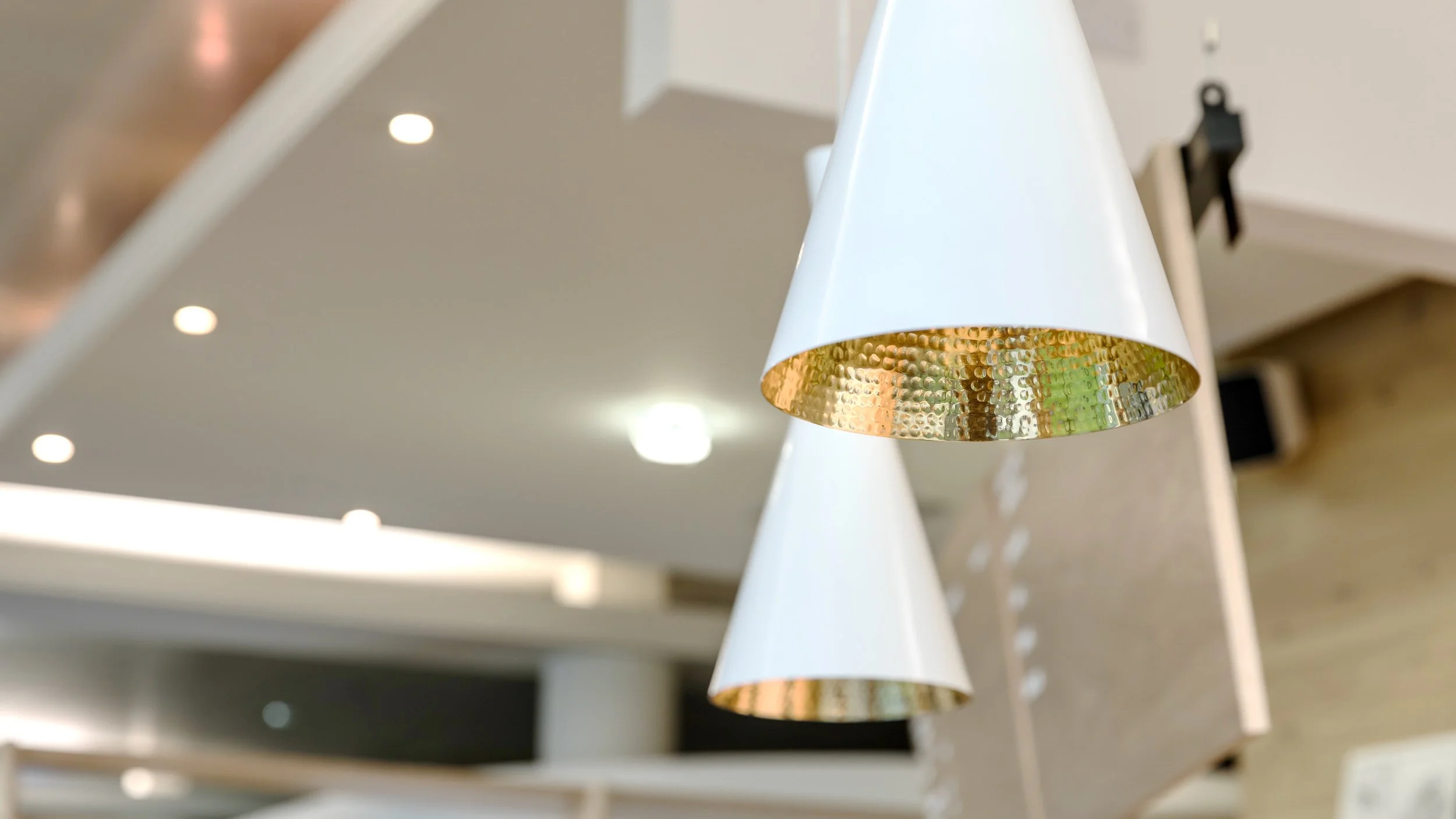Optimal Restaurant Lighting Tips
As recently highlighed in Eat Out Magazine, “Great food, good service and a well-designed interior cannot make up for the feeling of discomfort created by the wrong lighting.”
While feature lighting elements are a great focal point to any bar and restaurant design, a common mistake is to select the fixtures for their look and design and not their functionality. Light that’s cool and too bright will cause both food and customers to take on a grey hue, but go too dark and nobody can see what they’re doing or eating.
The key is finding the right levels of lighting, levels that adapt to the type of establishment and its busiest time of the day. Experienced in both coffee shop interior design and bar & restaurant design, Designrock's Cirencester-based team agree that coffee shops in particular really ought to take advantage of natural daylight.
Optimising natural light in a café during morning opening invites people to grab a coffee. Lower levels of light on the other hand are preferable for bar and restaurant venues offering intimate evening dining and drinking experiences. Introduce dimming zones and this then allows circuits for different areas to be independently controlled.
Although they may lack flexibility in terms of dimming, low-energy designs shouldn’t be ruled out. Aside from the undeniable benefits to the environment, with lighting accounting for up to 42% of electricity costs in restaurants and bars, and 30% of their total utility costs, there’s a strong economic case for employing energy-efficient lighting too


